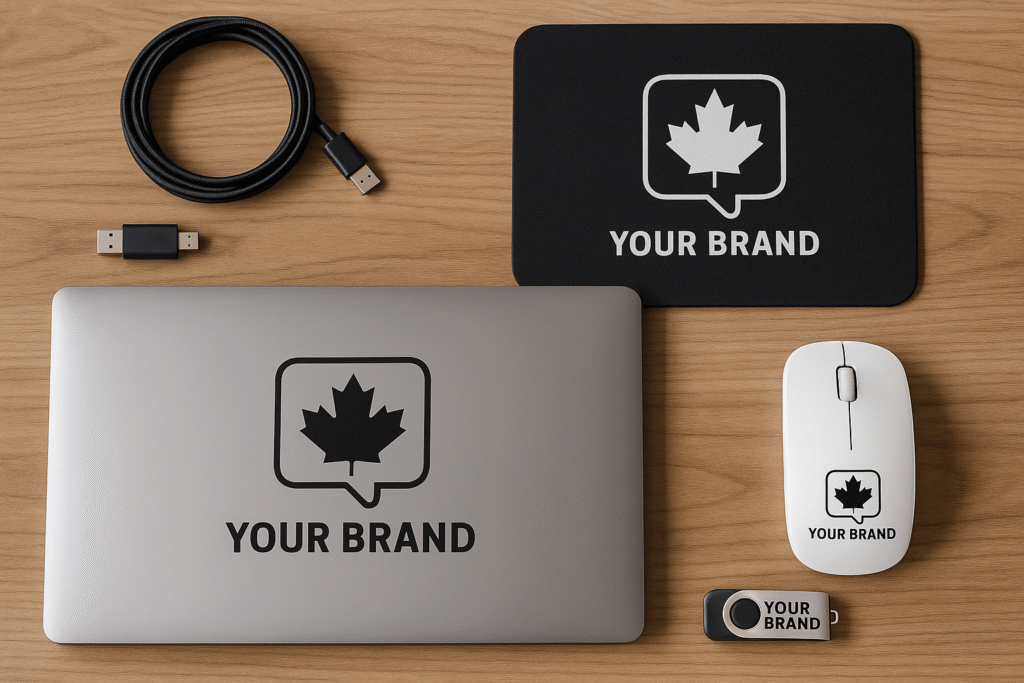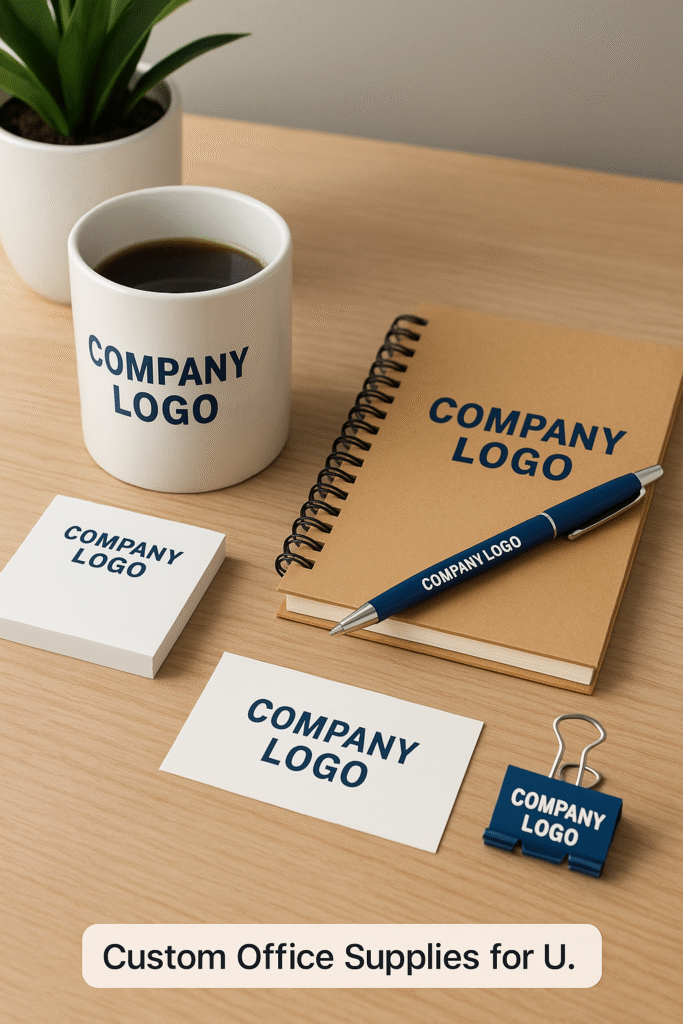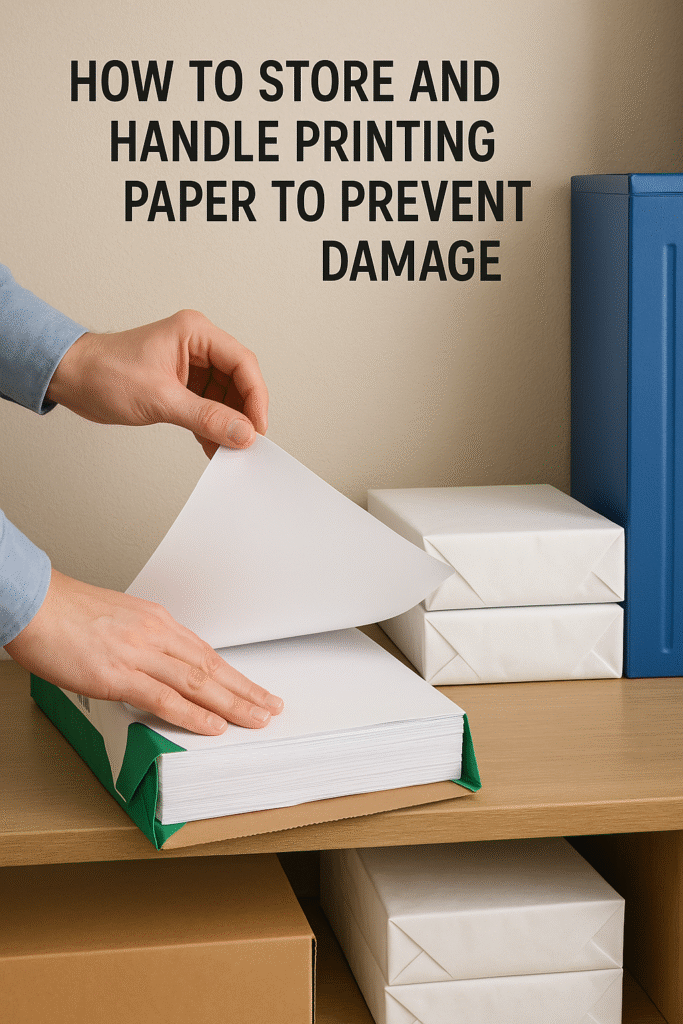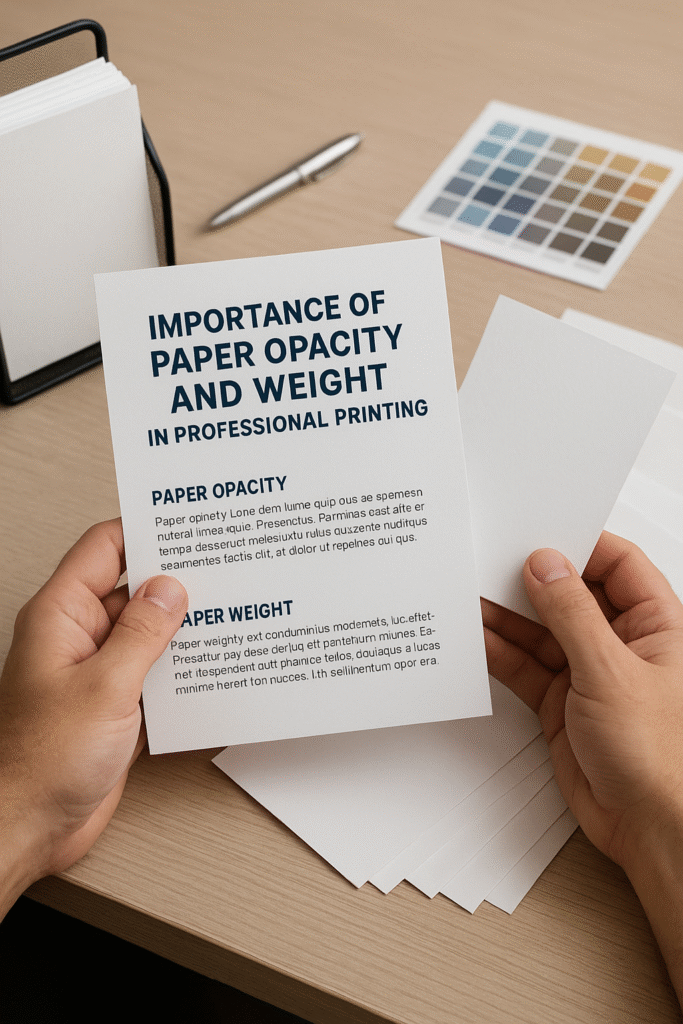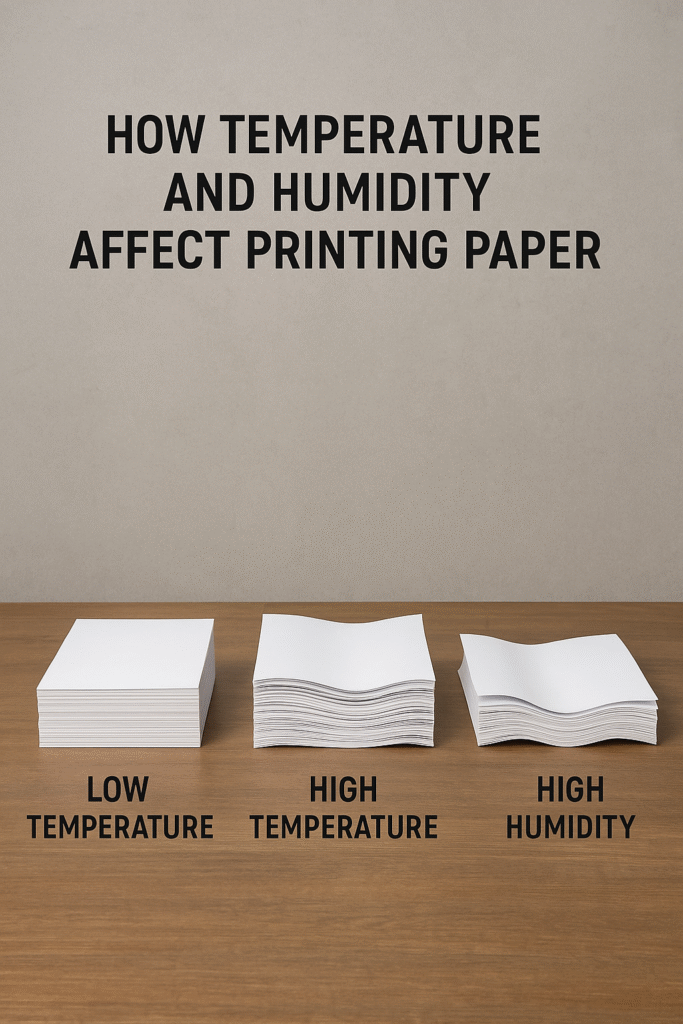Boost Your Business in San Diego: The Ultimate Guide to Promotional Products and Printing Services
## Why Promotional Products and Printing Services Matter for San Diego Businesses In the vibrant city of San Diego, businesses face the dual challenge of standing out in a competitive market while fostering strong local connections. Promotional products and printing services play a crucial role in achieving this balance by increasing brand visibility and enhancing customer loyalty. Whether you’re a startup or an established company, leveraging these tools can help you build lasting impressions with your target audience. ## Current Trends in Promotional Products and Office Supplies Across the U.S. Across the United States, sustainability and personalization are dominating the promotional products and printing sectors. Eco-friendly materials—such as recycled paper, bamboo pens, and biodegradable totes—are no longer niche but expected by many consumers. Additionally, advances in digital printing allow for highly customized products that reflect a brand’s unique voice. Businesses in San Diego are increasingly adopting these trends to appeal to environmentally conscious customers and create memorable marketing assets. ## Practical Tips for Selecting Local Suppliers in San Diego Choosing the right local supplier can make or break your promotional campaign. Here are some actionable tips for San Diego businesses: – **Research Supplier Reputation:** Look for companies with strong reviews and proven experience in promotional products and printing. – **Visit Showrooms:** Whenever possible, visit supplier locations to evaluate product quality firsthand. – **Request Samples:** Testing products physically helps ensure they meet your brand standards. – **Prioritize Local Knowledge:** Local suppliers understand San Diego’s market nuances and can provide tailored recommendations. – **Evaluate Turnaround Times:** Quick and reliable delivery is essential for time-sensitive campaigns. ## Embracing Sustainability and Technology-Driven Customization San Diego companies are increasingly focusing on sustainability by choosing suppliers that offer eco-friendly products and processes. Look for printing services that utilize soy-based inks, energy-efficient machines, and minimal packaging. Meanwhile, technology-driven customization, like variable data printing and 3D printing, enables highly personalized marketing materials at scale. These innovations allow businesses to engage clients with relevant content that drives higher response rates. ## Maximizing ROI from Your Promotional Campaigns To get the best return on investment, consider these strategies: – **Define Clear Objectives:** Know what you want to achieve—brand awareness, lead generation, or customer retention. – **Target the Right Audience:** Focus your efforts on demographics most likely to respond. – **Choose Practical Items:** Select promotional products that recipients will use regularly, such as reusable water bottles or desk organizers. – **Track Engagement:** Use QR codes or unique promo codes to measure the effectiveness of your campaign. – **Leverage Multi-Channel Distribution:** Combine giveaways with events, social media, and email marketing for greater impact. ## Future Outlook: What’s Next in Promotional Products and Printing Services? Looking ahead, expect increased integration of augmented reality (AR) and smart technology in promotional products, creating interactive experiences that captivate audiences. Additionally, the move toward zero-waste printing processes and circular economy principles will redefine sustainability standards. San Diego businesses that embrace these innovations early will gain significant competitive advantages in engaging customers and building eco-conscious brands. — By strategically investing in local promotional products and printing services, San Diego companies can elevate their brand presence while supporting sustainable practices. Keep abreast of emerging trends and collaborate with trusted suppliers to create impactful campaigns that deliver measurable results.

